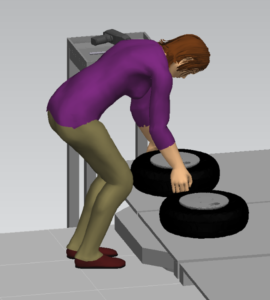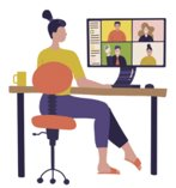Webinar Recording – Creating Movement Within Your Office Workspace: Actively Preventing Aches and Pains
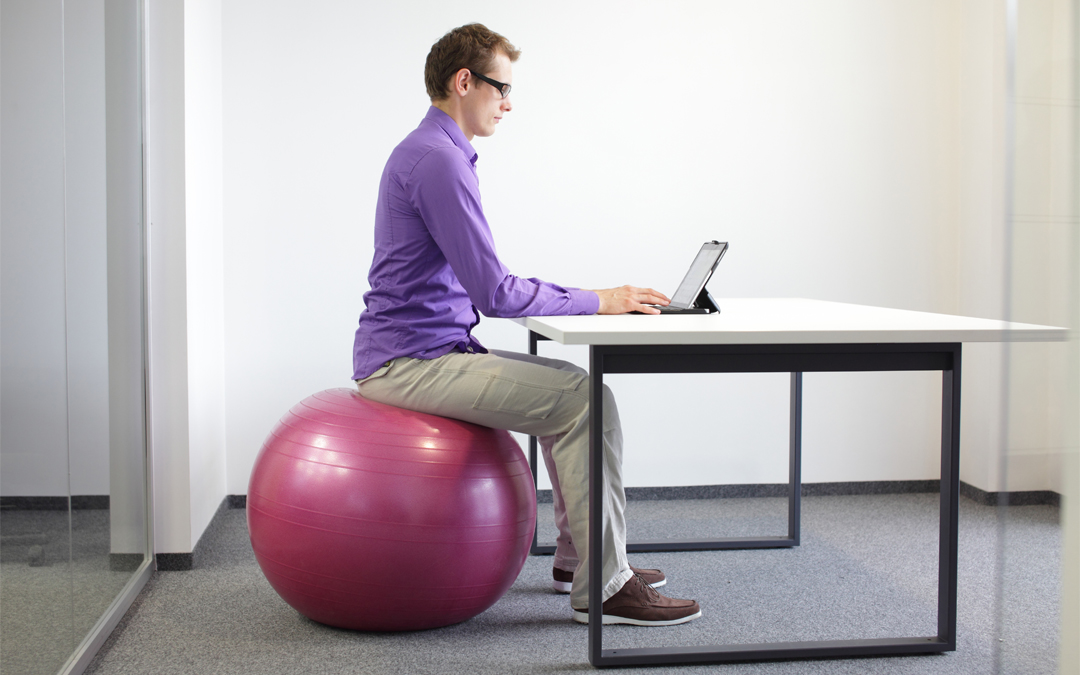
How Ergonomics Keeps Businesses Healthy
Ergonomics is more than injury prevention; it’s about maintaining employee health and therefore the health of the business.

Our Five Favorite Ergonomic Lenses
Use these five ergonomist viewpoints to approach different situations.
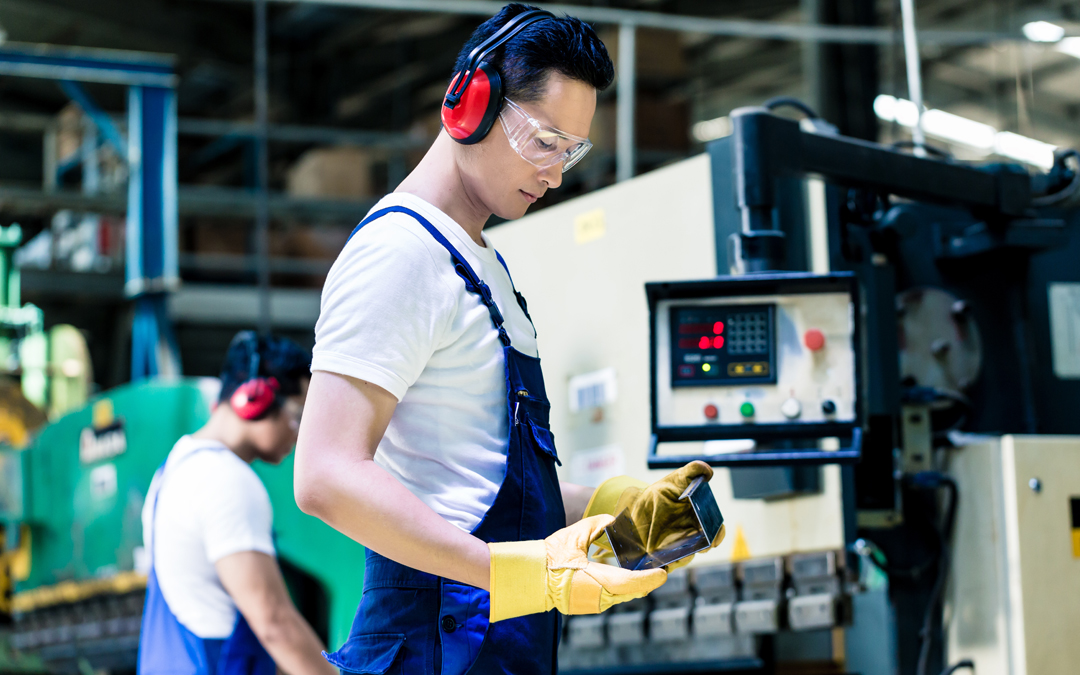
Three Process Improvements That Also Improve Ergonomics
Ergonomic improvements to the workplace often go hand-in-hand with the process improvements that lead to higher profits, improved quality, and a reduced cycle time.

Workplace Injury 101: How Do Muscles, Tendons, or Ligaments Get Injured?
Reducing the risk of injury in the workplace is a common goal of all who are involved with workplace health and safety. Typically these efforts involve making some sort of change which results in a reduction of an individual’s exposure to known or suspected injury risk factors. This is a good thing, for if you decrease exposure, you decrease risk.

Gardening and Ergonomics
Who doesn’t love having a cool, comfortable, beautiful garden that will enable you to take advantage of our current weather? To foster a good environment outside for your plants, you will have to place them in a sunny area, water them as needed, change the substratum...
Ergonomics at Home – Optimize Your Home Office Setup with the Right Chair
Take a look at our latest #injuryprevention video on optimizing your home office setup by choosing the right chair. In this video you'll learn four things to look for in an office chair including: Adjustable height Lowback support Armrests Comfortable seat Have...
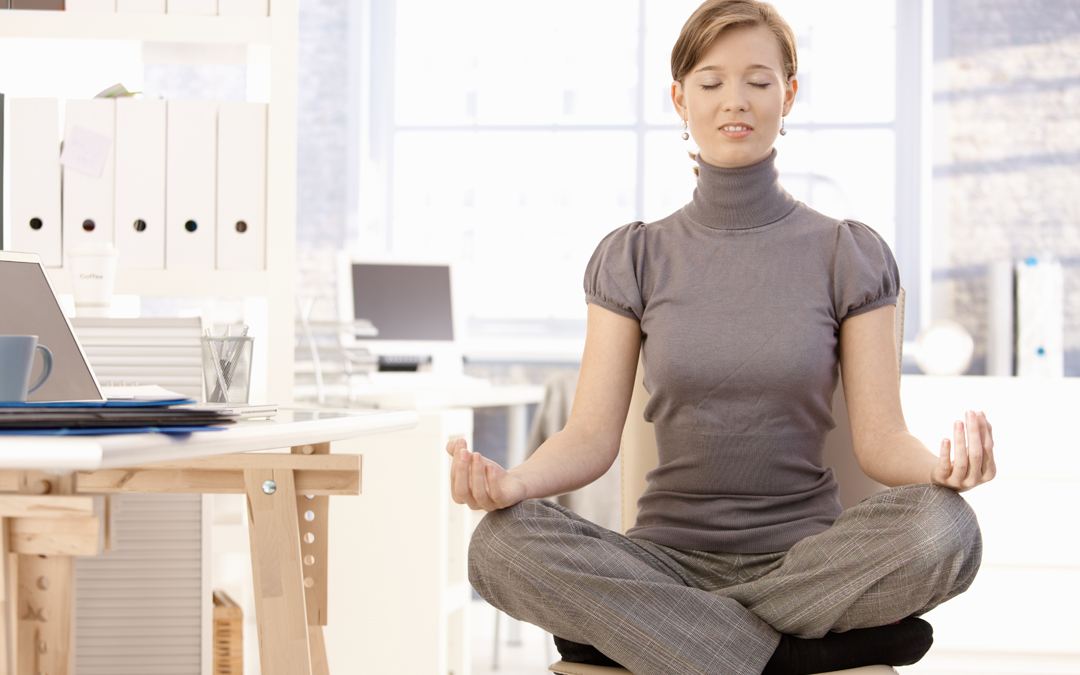
Yoga at Work: How It Can Work For You
Ever thought of doing yoga at work? It’s easier and more beneficial than you think.
Ergonomics for the Virtual Learner
Ergonomics at Home Tips
As we all know, the past year has drastically changed how we work. Many of us are still working from home and may continue this arrangement for a long time to come. Here are some valuable tips that may help you work more comfortably and efficiently and with reduced...






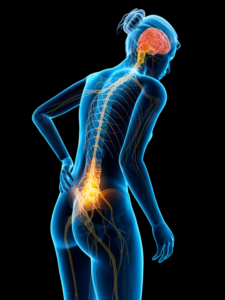

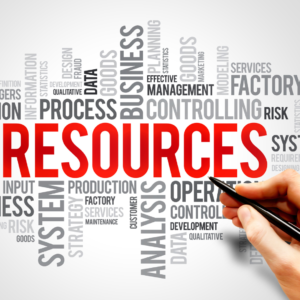 Why Sandalwood?
Why Sandalwood?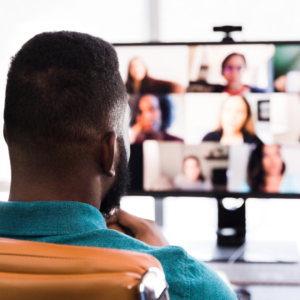


 We are a one-stop-shop for launching job rotation for any employer from conception to implementation. Our experts tailor our services to meet the needs of our customers by collaborating with them throughout the entire process. We do not offer cookie cutter solutions for job rotation because the needs of employers vary significantly.
We are a one-stop-shop for launching job rotation for any employer from conception to implementation. Our experts tailor our services to meet the needs of our customers by collaborating with them throughout the entire process. We do not offer cookie cutter solutions for job rotation because the needs of employers vary significantly. Why Sandalwood?
Why Sandalwood?


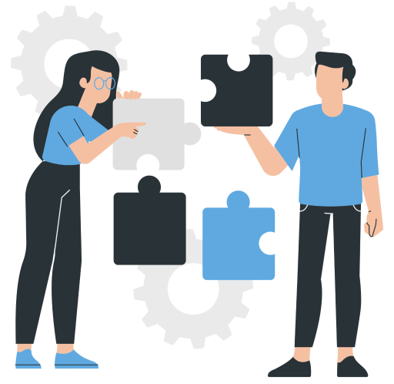
 Sandalwood is pleased to offer solutions above and beyond the traditional ergonomic assessments. With an in-depth knowledge of various digital human modelling software suites, integration and adoption to your health and safety programs has never been easier. Sandalwood is experienced in ergonomic program design as well as industry leaders in digital human modelling services. We have a diverse team that is able the leverage the results from the digital human model to provide in depth risk assessments of future designs and current state. Sandalwood is also able to pair these assessments with expertise and provide guidance on the best solution for you. Sandalwood is also on the forefront of emerging technologies and able to integrate Motion capture, Wearables, and extended or virtual reality into your ergonomic program.
Sandalwood is pleased to offer solutions above and beyond the traditional ergonomic assessments. With an in-depth knowledge of various digital human modelling software suites, integration and adoption to your health and safety programs has never been easier. Sandalwood is experienced in ergonomic program design as well as industry leaders in digital human modelling services. We have a diverse team that is able the leverage the results from the digital human model to provide in depth risk assessments of future designs and current state. Sandalwood is also able to pair these assessments with expertise and provide guidance on the best solution for you. Sandalwood is also on the forefront of emerging technologies and able to integrate Motion capture, Wearables, and extended or virtual reality into your ergonomic program.
